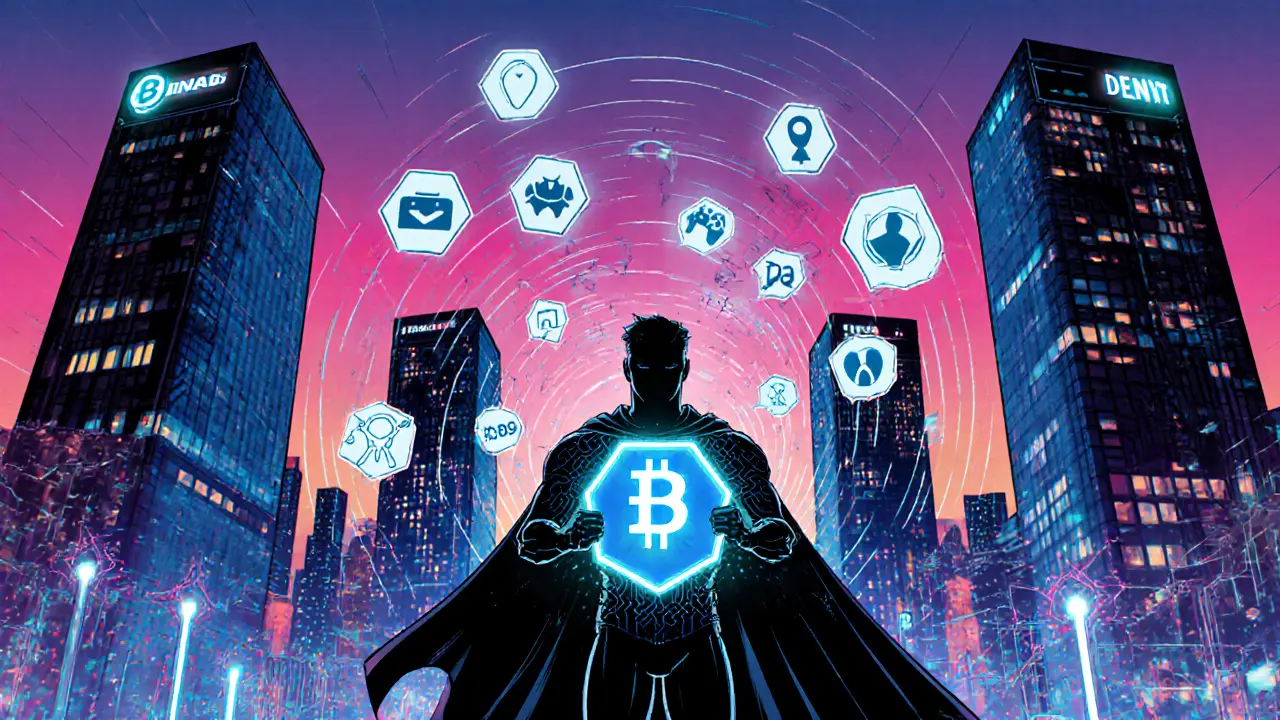Web3 – The Future of a Decentralized Internet
When working with Web3, a set of protocols that aim to give users control over data, assets and identity. Also known as Web 3.0, it connects token economies, smart contracts and peer‑to‑peer networks. Web3 encompasses decentralized applications, requires a solid blockchain infrastructure and enables new business models. One of the most visible ways people get involved is through Airdrop, a free token distribution method that rewards early adopters and fuels network growth, which directly influences user onboarding and liquidity in the ecosystem. At the same time, Decentralized Exchanges (DEX), platforms that let traders swap assets without a central intermediary provide the core trading layer, improving privacy and reducing counter‑party risk. Both airdrops and DEXs are practical pieces of the larger Web3 puzzle.
Scalability, Security and Real‑World Use Cases
Scaling Web3 networks is a hot topic, and Blockchain Sharding, a technique that splits a blockchain into smaller pieces called shards offers a concrete answer. Sharding boosts transaction throughput while keeping security guarantees, which means faster DeFi swaps, smoother NFT minting and more responsive gaming experiences. This directly supports the growth of DEXs and the rapid distribution of airdrops, creating a feedback loop where better performance drives more participation. Meanwhile, regulatory developments like Pakistan’s 2025 crypto legalization or China’s strict VPN bans shape where and how Web3 projects operate, adding a layer of real‑world context to the technical advances.
Beyond the tech, Web3 reshapes identity through decentralized identity (DID) solutions, reinforces privacy with zero‑knowledge proofs, and opens new financing paths via staking and yield farming. Each of these components appears in the guides and analyses below, giving you a hands‑on feel for how the pieces fit together. Whether you’re tracking the latest Velas GRAND airdrop, comparing Bitbank’s fees for Japanese traders, or learning how mining difficulty keeps Bitcoin’s block times steady, the collection offers a practical map of the Web3 landscape.
Ready to dig deeper? The posts that follow break down each topic—mining mechanics, exchange reviews, legal risks, token spotlights and more—so you can see how the concepts we just covered work in real scenarios. Browse the list to find actionable insights, step‑by‑step guides, and up‑to‑date data that will help you navigate the evolving world of Web3.

The Future of Decentralized Applications (DApps) in 2025 and Beyond
Explore how modular blockchains, cross‑chain tech, ZK privacy, and IoT integration are reshaping decentralized applications in 2025, with real‑world examples and a step‑by‑step development guide.
January 8 2025